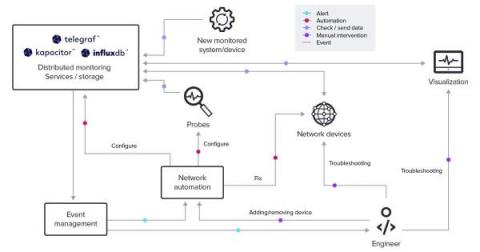Apache Arrow Basics: Coding with Apache Arrow Python
So by now, you are probably aware that InfluxData has been busy building the next generation of the InfluxDB storage engine. If you dig a little deeper, you will start to uncover some concepts that might be foreign to you: These open-source projects are some of the core building blocks that make up the new storage engine. For the most part, you won’t need to worry about what’s under the hood.











